ESMA labels MEV as 'market abuse' in latest regulatory consultation paper
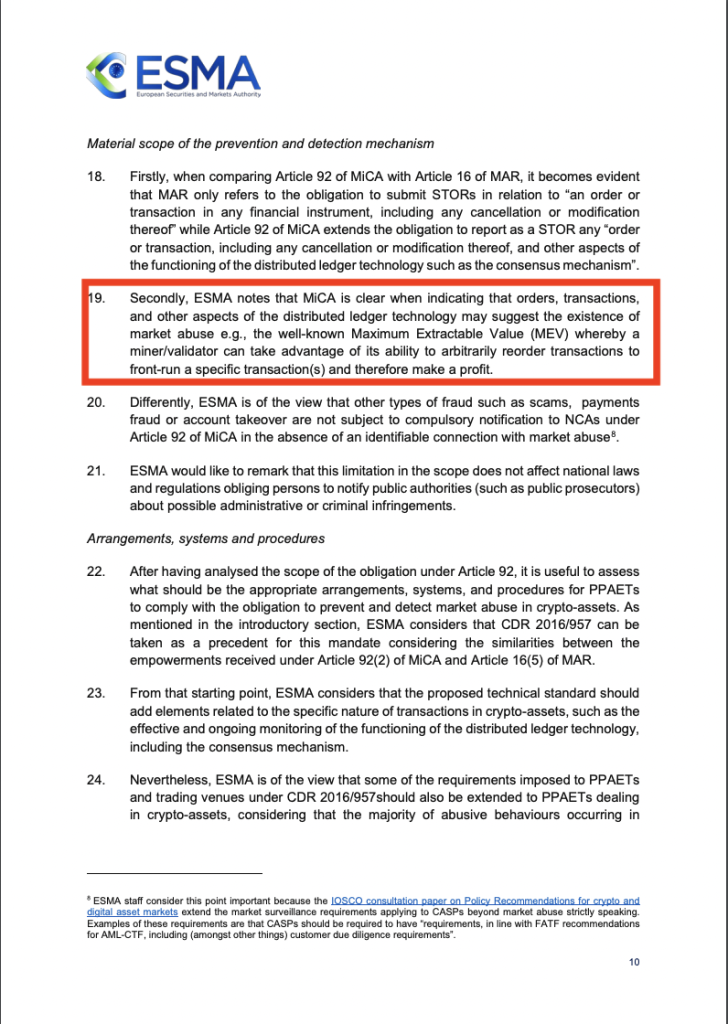
The European Union’s Securities and Markets Authority has recommended treating miner-extracted value (MEV) as a form of market abuse under the MiCA regulatory framework.

The European Union’s Securities and Markets Authority (ESMA), one of three regulatory bodies governing the region’s financial landscape, has published the findings of its third consultation package outlining crypto regulatory measures under the Markets in Crypto Asset (MiCA) framework.
As part of its proposed guidelines, the ESMA suggested that miner-extractable value (MEV), an arbitrage strategy that relies on re-ordering transactions within a block to create the maximum profit margin for validators and third-party builders, should be treated as a form of market abuse under existing MiCA rules.
Section 19 of the ESMA’s paper says, “MiCA is clear when indicating that orders, transactions, and other aspects of the distributed ledger technology may suggest the existence of market abuse e.g., the well-known Maximum Extractable Value (MEV) whereby a miner/validator can take advantage of its ability to arbitrarily reorder transactions to front-run a specific transaction(s) and therefore make a profit.”
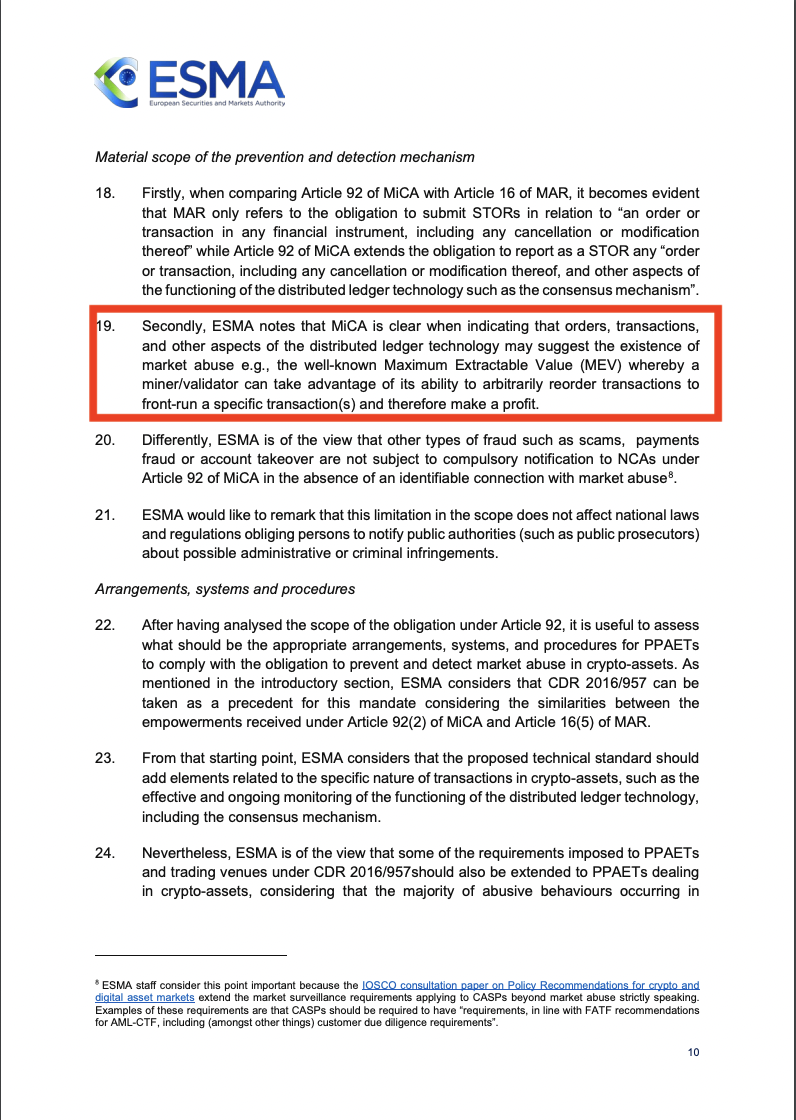
Related: Protecting Web3 user’s integrity by preventing malicious MEV — Here’s how
Patrick Hansen, senior director of EU strategy and policy at Circle, was critical of ESMA’s policy suggestions, noting that the process to comply with the proposed regulations would be tedious and unrealistic.
The policy expert explained: “Almost all regulated crypto businesses in the EU (exchanges, brokers etc.) would need to detect and report instances of MEV through complex “suspicious transaction or order reports” (STORs). The ESMA STOR template alone is 6 pages long).”
Hansen concluded by imploring all parties involved in MEV practices to respond with input to the ESMA’s proposed regulatory overhaul by the June 25 deadline.
MEV continues to be an issue within decentralized finance, with network developers and industry giants proposing unique solutions to the problem.
Ethereum co-founder Vitalik Buterin recently touched on a multi-faceted approach to combat Ethereum’s MEV problem that consist of using a combination of MEV quarantine strategies, MEV minimization, inclusion lists, and lowering node hardware requirements to tackle the growing issue.
Buterin explained that MEV was an issue that required mitigation rather than an outright ban on the practice, with enough room to allow protocols such as Cowswap to function, while also protecting users from the hidden tax of MEV.

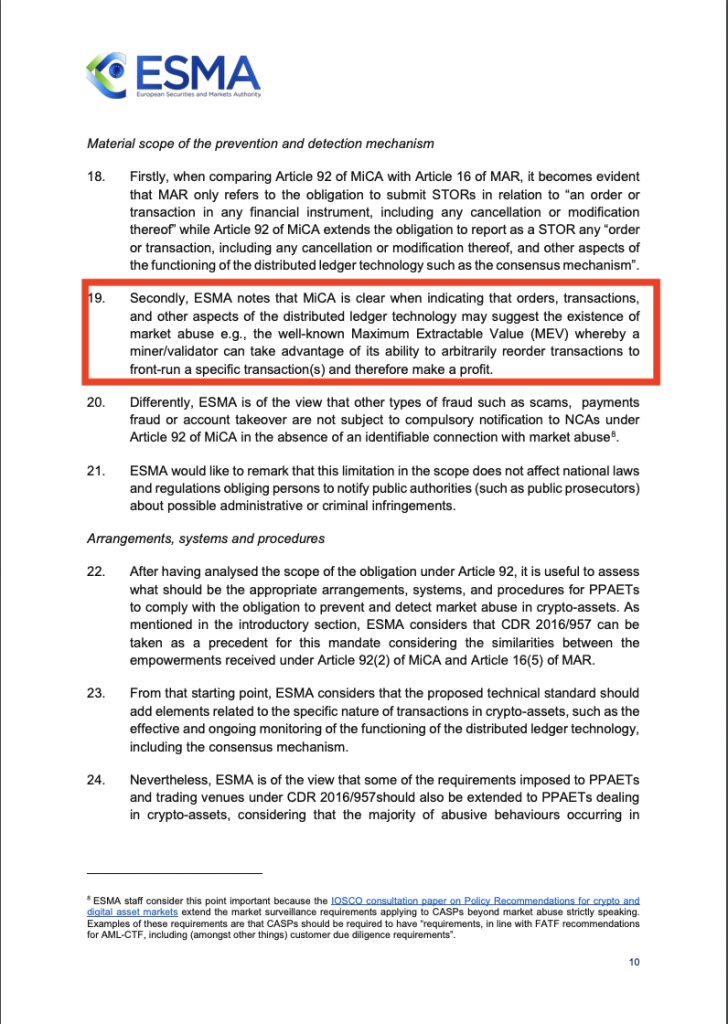
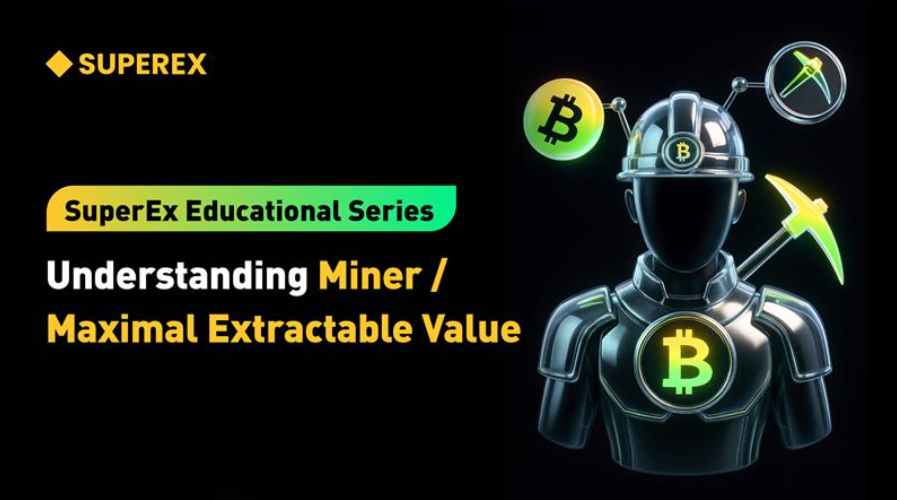
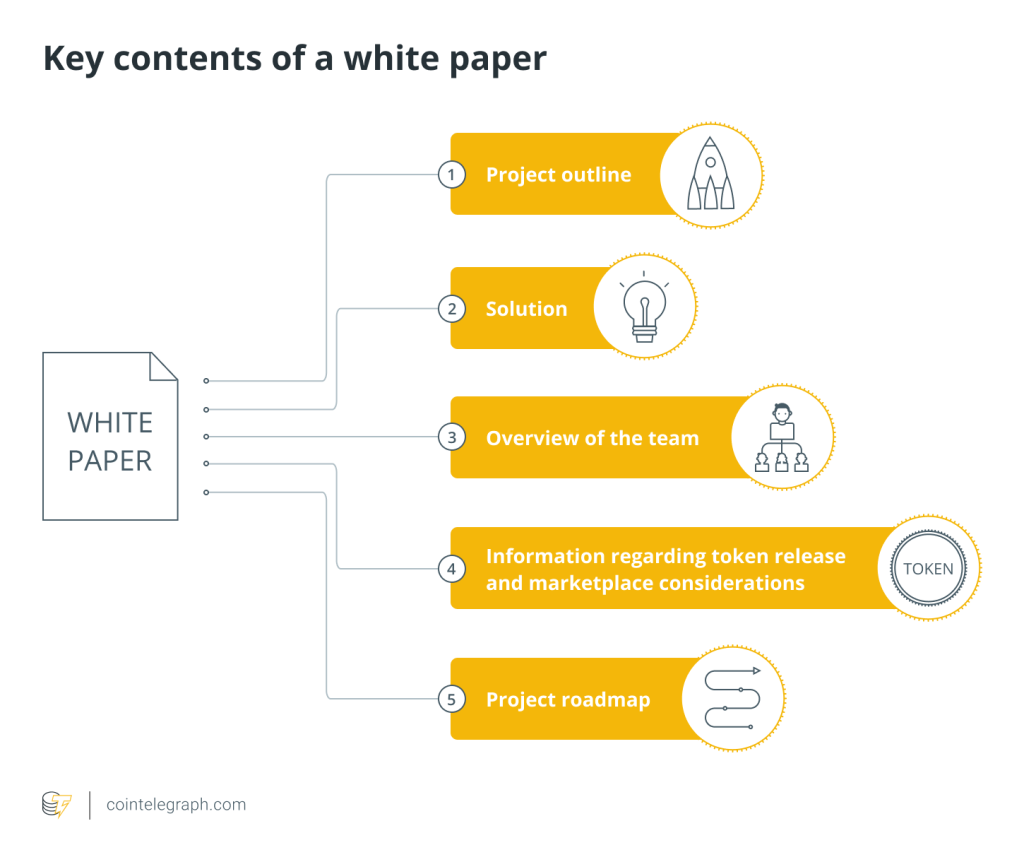
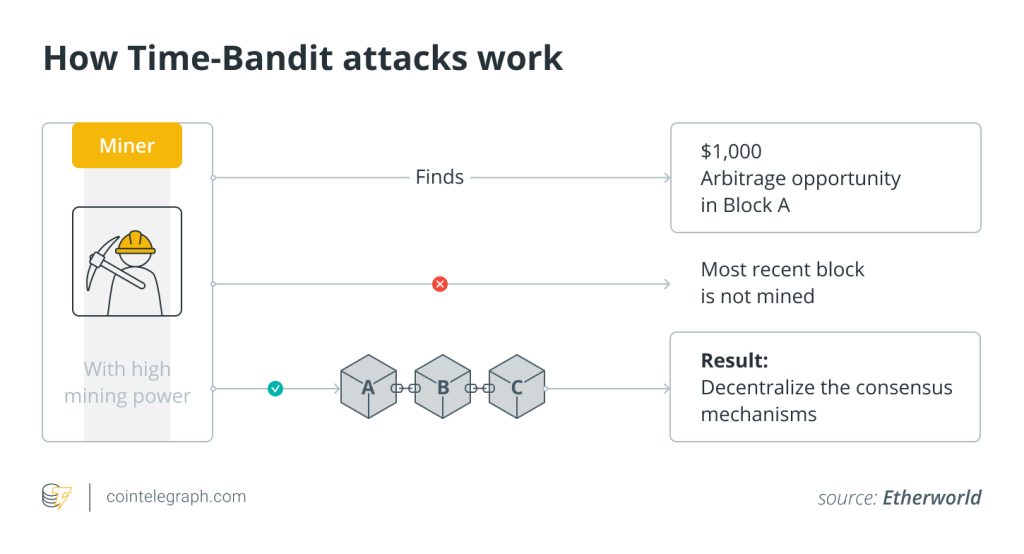
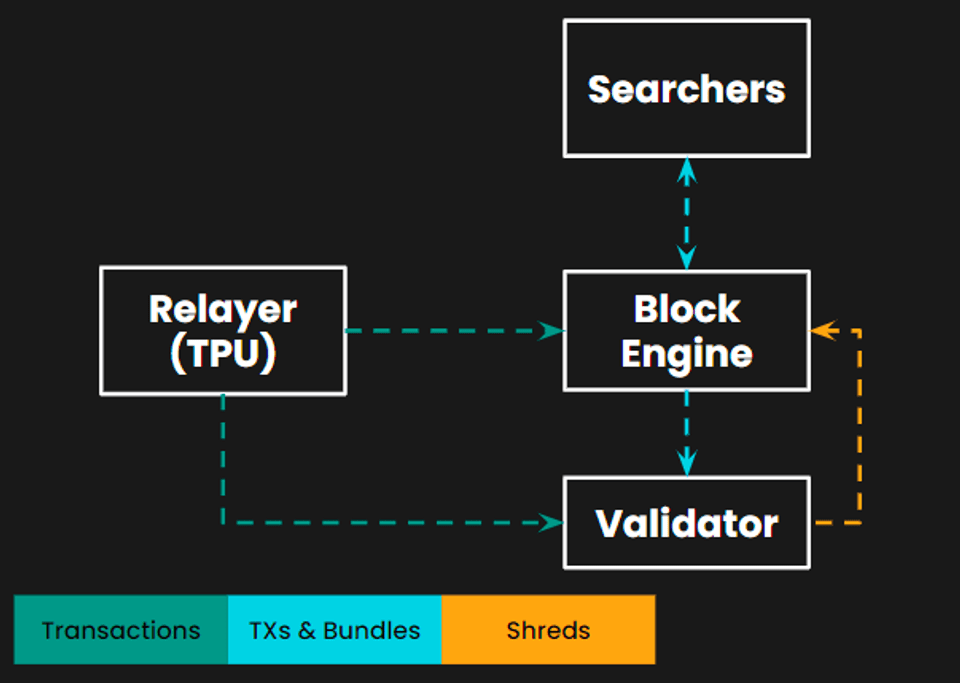
Responses